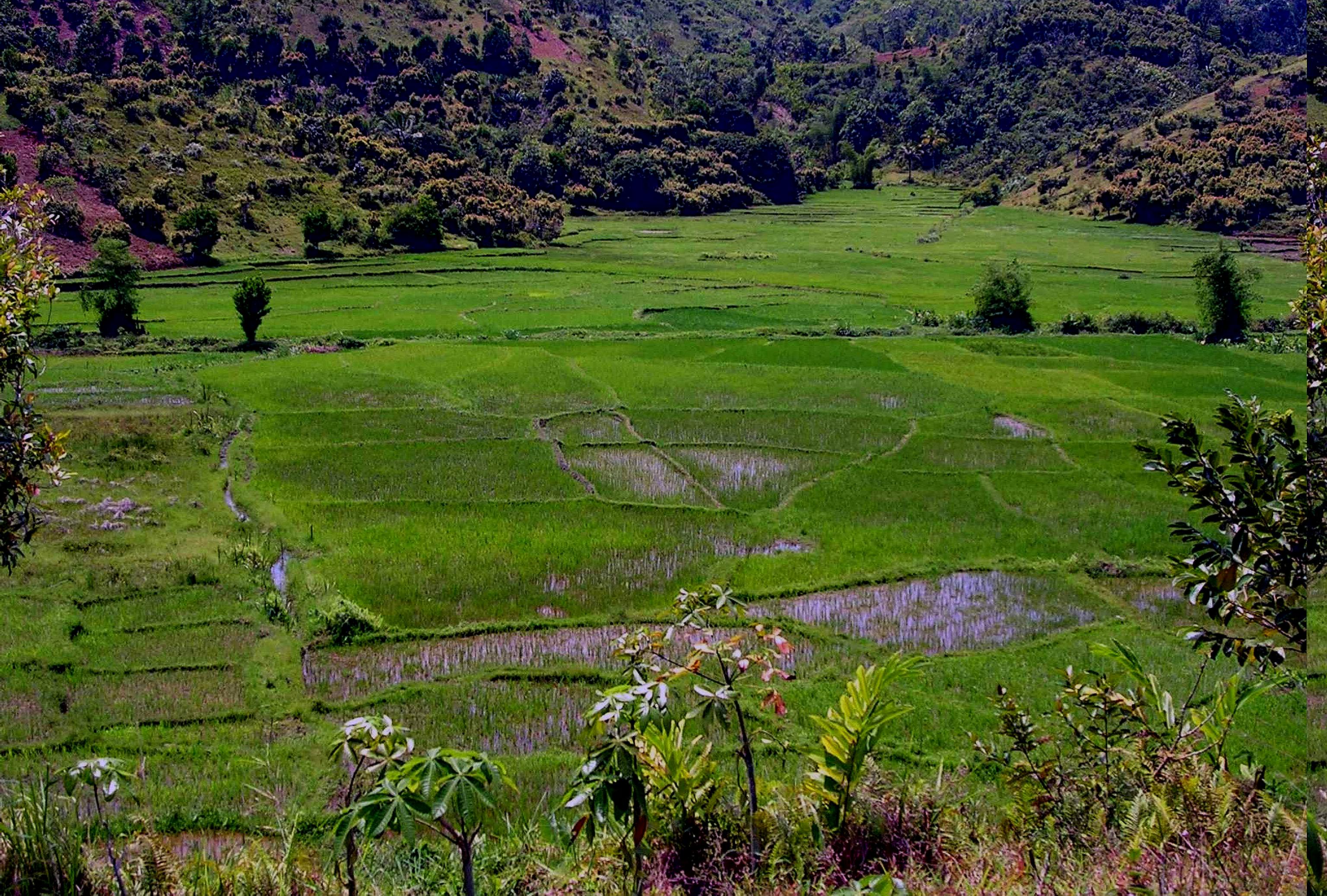Efficient Irrigation, High-Volume Garden Solutions

Efficient Irrigation Systems for High-Volume Gardens: A Green Thumb's Guide
Gardening is a labor of love, but it can also be a thirsty endeavor. High-volume gardens require careful planning and efficient irrigation systems to keep plants healthy and water bills low. Let's dive into the world of efficient irrigation, exploring water conservation techniques, the latest irrigation technology, and sustainable gardening practices that'll make your garden the envy of the neighborhood.
Understanding Your Garden's Water Needs
Before we delve into irrigation systems, it's crucial to understand your garden's water requirements. Different plants have different needs, and it's essential to group them accordingly. Drought-tolerant plants like succulents and cacti require less water, while water-loving plants like hydrangeas and rhododendrons need more. Grouping plants based on their water needs is the first step towards efficient water use.
Water Conservation: The Key to Sustainable Gardening
Water conservation is not just about saving money; it's about preserving a precious resource. According to the EPA, outdoor water use accounts for nearly 30% of a home's total water consumption. By implementing efficient irrigation systems, you can significantly reduce this number. To learn more about water conservation, check out the EPA's WaterSense program at https://www.epa.gov/watersense/outdoor.
Drip Irrigation: The Gold Standard of Efficient Irrigation
Drip irrigation is a game-changer for high-volume gardens. It delivers water directly to the plant's root zone, reducing evaporation and runoff. This targeted approach ensures that water goes where it's needed most, promoting plant health and saving water.
Installing a Drip Irrigation System
Installing a drip irrigation system might seem daunting, but it's easier than you think. Here's a step-by-step guide:
-
Plan Your Layout: Map out your garden, grouping plants based on their water needs. This will help you determine the best placement for your drip emitters.
-
Install the Main Line: Run a main line of tubing along the edge of your garden beds. This will serve as the backbone of your irrigation system.
-
Add Lateral Lines: From the main line, run smaller tubes (lateral lines) to each plant. Space these tubes about 12-18 inches apart for even water distribution.
-
Add Emitters: Attach drip emitters to the lateral lines. These emitters release water at a slow, steady rate, ensuring that your plants get just the right amount of water.
-
Connect to Your Water Source: Connect your drip irrigation system to your garden hose or, for a more permanent solution, to your home's outdoor water supply.
Irrigation Technology: Smart Sprinklers and More
Irrigation technology has come a long way, offering gardeners innovative tools to optimize water use. Smart sprinklers, for instance, use weather data and soil moisture sensors to adjust watering schedules, ensuring that your garden gets just the right amount of water. Other irrigation technology includes:
- Rain sensors: These devices pause your sprinkler system when it rains, preventing unnecessary water use.
- Soil moisture sensors: These tools measure the moisture levels in your soil, ensuring that your plants get watered only when they need it.
- Weather-based irrigation controllers: These devices adjust watering schedules based on local weather data, optimizing water use.
Garden Maintenance: Keeping Your Irrigation System in Tip-Top Shape
Regular garden maintenance is key to keeping your irrigation system running smoothly. Here are some tips:
- Check for Leaks: Regularly inspect your irrigation system for leaks. A leaky emitter or broken pipe can waste a lot of water.
- Clean Your Emitters: Over time, dirt and debris can clog your drip emitters. Clean them regularly to ensure optimal water flow.
- Winterize Your System: If you live in a cold climate, it's essential to winterize your irrigation system to prevent freeze damage.
Case Studies: Efficient Irrigation in Action
Let's look at two high-volume gardens that have benefited from efficient irrigation systems:
The Water-Saving Oasis of Las Vegas
In the desert city of Las Vegas, water conservation is a way of life. The city's water-wise landscaping program encourages residents to replace thirsty lawns with drought-tolerant plants and efficient irrigation systems. The result? A greener, more water-efficient city.
The High-Tech Farm of the Future
In the Netherlands, a farm called Brabantia is using cutting-edge irrigation technology to grow crops more efficiently. The farm uses a combination of soil moisture sensors, weather-based irrigation controllers, and precision irrigation systems to optimize water use. The result? A 50% reduction in water use and increased crop yields.
Conclusion
Efficient irrigation systems are not just about saving water; they're about growing healthier, more vibrant gardens with less effort. By understanding your garden's water needs, implementing water conservation techniques, and investing in efficient irrigation technology, you can create a high-volume garden that's the envy of the neighborhood. So, what are you waiting for? Get out there and start saving water!
FAQs
-
Q: How often should I water my garden? A: It depends on the plants, the weather, and the soil type. A good rule of thumb is to water deeply once or twice a week, allowing the top inch of soil to dry out between waterings.
-
Q: Can I use rainwater for my garden? A: Yes! Collecting and using rainwater is an excellent way to conserve water. You can use rain barrels or cisterns to collect water from your roof.
-
Q: How can I tell if my plants need water? A: The best way to tell if your plants need water is to stick your finger about an inch into the soil. If the soil feels dry, it's time to water.
-
Q: Can I use mulch with my drip irrigation system? A: Yes! Mulch helps retain soil moisture, reducing the need for watering. It also suppresses weeds and regulates soil temperature.
-
Q: How can I adjust my sprinkler system for different seasons? A: Most sprinkler systems can be adjusted manually or, if you have a smart sprinkler, automatically based on the season and weather conditions.
0 Response to " Efficient Irrigation, High-Volume Garden Solutions"
Post a Comment